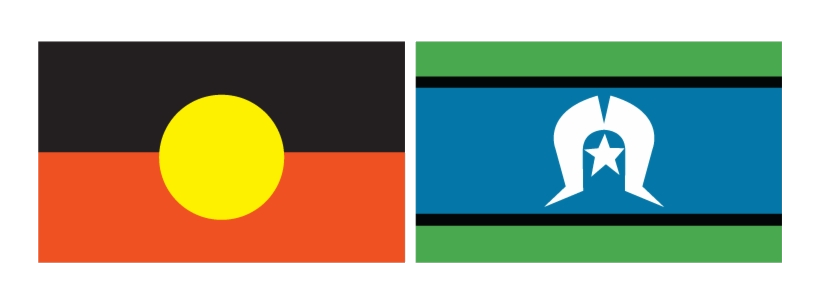Facilitators
What encourages individuals with disabilities to participate in sport.
- Fun, enjoyment and social engagement.1, 5, 6, 7, 8, 9, 10, 11, 12, 13, 14, 15, 16, 17, 133
- Improving fitness and/or health. 11, 12, 13, 14, 15, 133
- Support from others (family, friends, caregivers, residential and/or day programs). 1, 3, 6, 10, 14, 16, 18, 19, 20, 21, 22, 23, 24, 133, 135
- Familiarity and consistent routines. 1, 8, 16, 135
- Flexible, adaptable programs to meet individual needs (may include sport type, program size, catering for work and family commitments, and physical needs regarding rest and recovery time). 8, 18, 20, 21, 25, 26, 27, 28, 133
- Welcoming and inclusive organisations with employees and/or volunteers who are knowledgeable and empathetic. 5, 18, 29, 30, 31, 32, 33, 133
- Access to reasonable, specific equipment, facilities, or personnel that make sport accessible (e.g., sighted guides, sport wheelchairs, ramps, etc.). 2, 3, 7, 18, 19, 20, 26, 30, 31, 34, 35, 36, 37, 38
- Autonomy (independent choice and control). 10, 39, 40
- Belonging (feeling included, accepted, and part of the group). 8, 9, 10, 18, 39, 41, 42
- Mastery (experiencing competence or a sense of accomplishment). 9, 10, 12, 16, 39, 40, 42, 43, 135
- Meaning (contributing toward a personally or socially meaningful goal)25, 39, 40
- Safe (comfortable, welcoming, free from harassment or discrimination) 18, 25, 133, 135
- Access to healthcare professionals and/or coaches who can provide tailored programs (including understanding individual disability requirements and secondary health considerations) 6, 11, 19, 20, 21
- Pre-injury interest in sport (for those with acquired disabilities) 6, 13
- Seeing other people with disabilities being active and engaged in sport and physical activity (i.e. role models) 10, 32, 133
























